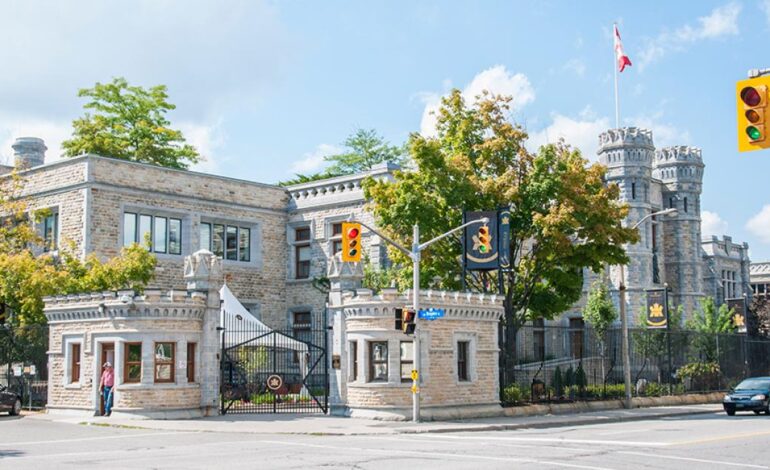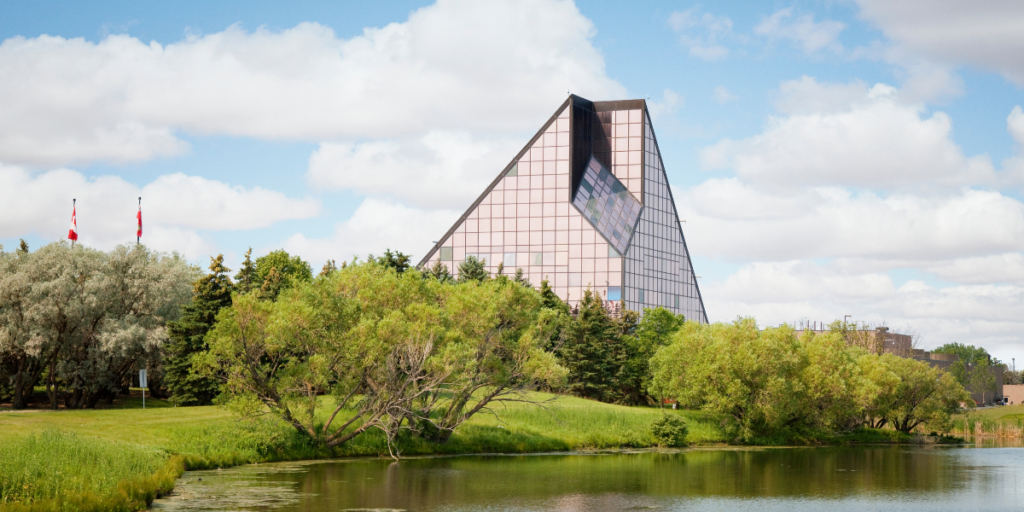
The Royal Canadian Mint: History, Operations, and National Significance
Table of Contents
ToggleIntroduction
The Royal Canadian Mint is one of the most iconic and respected mints in the world. Known for producing some of the finest circulation coins, commemorative pieces, and bullion products globally, the mint plays a crucial role in both Canada’s economy and its cultural expression. With a reputation for precision, craftsmanship, and innovation, the Royal Canadian Mint has become a national symbol of quality and trust.
Established over a century ago, the mint has evolved significantly, not only producing Canadian currency but also striking coins for countries worldwide. In this comprehensive article, we’ll examine the history, operations, economic contributions, technological innovations, and the global reputation of the Royal Canadian Mint.
The Origins of the Royal Canadian Mint
The Royal Canadian Mint was officially founded in 1908, at a time when Canada was still relying heavily on the British Royal Mint in London for its coinage needs. As Canada’s economy grew, it became increasingly necessary to have a domestic institution capable of producing coinage with speed, accuracy, and national symbolism.
The Ottawa branch was the first facility, designed not only to strike coins for circulation but also to refine gold, a critical service during the Klondike Gold Rush. Over the years, this branch evolved into a high-security and technologically advanced facility.
Locations and Facilities
Today, the Royal Canadian Mint operates out of two main facilities:
-
Ottawa Facility: Focused on collector coins, commemorative coins, medals, and refining precious metals.
-
Winnipeg Facility: Specializes in producing Canada’s circulation coins and those for foreign countries, with a capacity to produce billions of coins annually.
These two locations represent a blend of tradition and modernity, maintaining the heritage of the mint while embracing cutting-edge technologies for mass production and innovation.
Currency Production and Commemorative Coins
One of the primary functions of the Royal Canadian Mint is producing circulation coinage for Canada. From the humble penny (now discontinued) to the iconic toonie, each coin reflects elements of Canadian life and identity.
Beyond standard currency, the mint is renowned for its commemorative coins that mark historical events, national achievements, famous Canadians, and cultural symbols. These limited-edition coins are highly sought after by collectors and often serve as educational tools, teaching Canadians and others around the world about Canada’s rich history.
Some notable commemorative coins include:
-
The Terry Fox dollar coin
-
The 125th anniversary of Confederation coin set
-
The Vimy Ridge $2 coin
Gold and Silver Bullion Products
Another major aspect of the Royal Canadian Mint’s operations is the production of high-quality bullion products. Investors and institutions alike rely on these products for secure wealth storage and portfolio diversification. Popular products include:
-
Gold Maple Leaf: Introduced in 1979, it is one of the most recognized gold bullion coins globally.
-
Silver Maple Leaf: Launched in 1988, known for its high purity and iconic maple leaf design.
The mint also offers bars and customized bullion for institutional buyers. It is renowned for its precise production, security features, and rigorous quality control standards.
Technological Innovation and Security Features
The Royal Canadian Mint is not just a production powerhouse—it’s also a global leader in minting technology. Over the decades, it has pioneered several innovations, including:
-
Multi-ply plated steel technology: An advanced method to produce cost-effective, durable coins.
-
Micro-engraving and security marks: Used in bullion to prevent counterfeiting and ensure product authenticity.
-
Colourization and holographic effects: Especially on commemorative and collector coins, these techniques enhance the visual appeal and value.
These innovations ensure that the Royal Canadian Mint stays ahead of counterfeit threats while also enhancing artistic presentation.
Striking Coins for the World
What many people don’t know is that the Royal Canadian Mint produces coins for several other countries. The Winnipeg facility has struck coins for over 75 nations, including countries in the Caribbean, Africa, and Asia.
This international role helps to position Canada as a leader in global minting, builds international partnerships, and adds revenue to Canadian public coffers.
Cultural and National Significance
The Royal Canadian Mint is more than a producer of coins; it’s a keeper of Canadian culture and identity. Every design—whether a loon on a loonie or the face of a national hero—tells a story.
Canadian coins often feature:
-
Wildlife imagery
-
Indigenous artwork and symbolism
-
Historical milestones and leaders
-
Anniversaries of Canadian provinces and events
This storytelling aspect of coinage connects citizens with their heritage and promotes a sense of unity and pride.
Financial Contributions and Public Ownership
The Royal Canadian Mint is a Crown Corporation, which means it operates at arm’s length from the federal government but is still wholly owned by it. The profits it generates are returned to the Canadian government, contributing directly to national revenue.
In recent years, the mint has delivered hundreds of millions of dollars in profit back to Canada. These funds support public services and infrastructure, making the institution not only a cultural asset but also an economic engine.
Awards and Global Recognition
Thanks to its world-class designs and innovations, the Royal Canadian Mint has received numerous awards and accolades from the global numismatic community. It is widely regarded as one of the most advanced and respected mints in the world, often setting standards that other mints aim to follow.
This recognition boosts Canada’s reputation for quality manufacturing and innovation in precious metals.

Frequently Asked Questions (FAQs)
What is the Royal Canadian Mint?
The Royal Canadian Mint is a government-owned corporation responsible for producing Canada’s circulation coins, collector coins, and bullion products. It also mints coins for other countries.
Where is the Royal Canadian Mint located?
The mint operates out of two main locations: Ottawa, Ontario (collector coins and refining) and Winnipeg, Manitoba (circulation coins).
What kind of coins does the Royal Canadian Mint produce?
It produces standard circulation coins, commemorative coins, collectible coins, bullion products like gold and silver coins, and medals.
Can I buy coins directly from the Royal Canadian Mint?
Yes, Canadians and international buyers can purchase coins, collectibles, and bullion directly from the mint through authorized dealers or the mint’s official outlets.
What is the Gold Maple Leaf coin?
The Gold Maple Leaf is a gold bullion coin produced by the Royal Canadian Mint. It is one of the world’s most recognized and trusted gold coins, known for its high purity.
How many countries does the Royal Canadian Mint produce coins for?
The mint has produced coins for more than 75 countries, helping it establish a strong international presence.
Is the Royal Canadian Mint profitable?
Yes, it is a profitable Crown Corporation, returning its earnings to the Canadian government and contributing to public revenue.
What makes Royal Canadian Mint coins unique?
They are known for their artistic designs, advanced security features, and high production quality, setting them apart from coins made by other mints worldwide.
Does the Royal Canadian Mint use special technology?
Yes, it employs advanced technologies such as multi-ply plating, micro-engraving, and security marks to ensure durability and authenticity.
Are Royal Canadian Mint coins collectible?
Absolutely. Many of its coins, especially limited-edition releases, become valuable collectibles over time.
Conclusion
The Royal Canadian Mint stands as a testament to Canadian ingenuity, heritage, and excellence in manufacturing. From its historic beginnings in 1908 to its current global presence, the mint has continued to push boundaries in design, technology, and public service. Whether producing billions of circulation coins, dazzling collectors with rare commemorative editions, or refining some of the world’s purest gold, the Royal Canadian Mint is a cornerstone of Canada’s national identity and economic vitality.
With its unwavering commitment to precision, security, and artistry, the Royal Canadian Mint continues to shape not only coins—but also the narrative of what it means to be Canadian.






